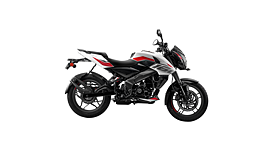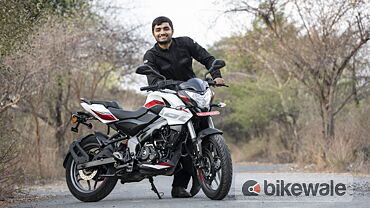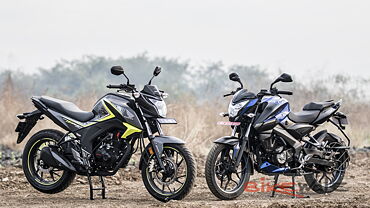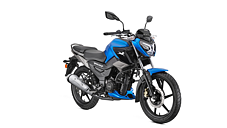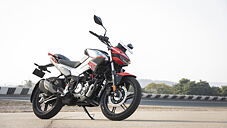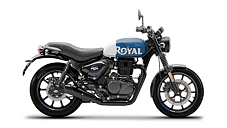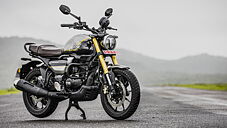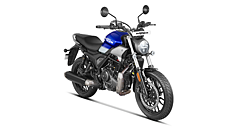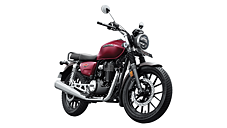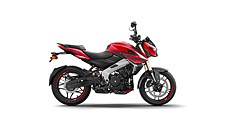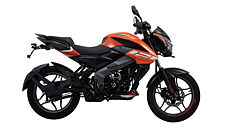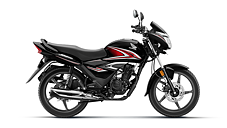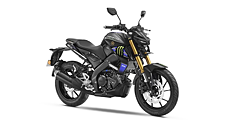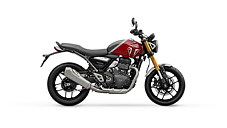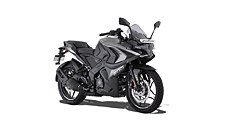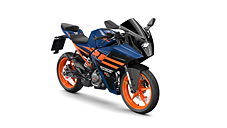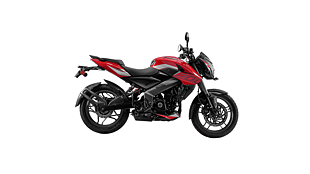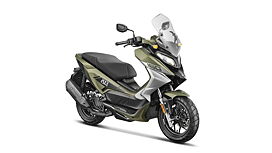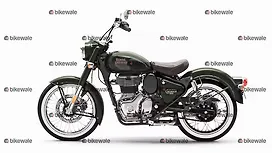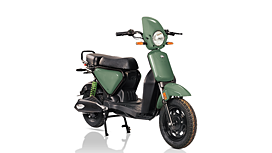Introduction

This is the new 2023 Bajaj Pulsar NS160. Now, the NS series isn’t a big seller for Bajaj Auto. But, it delivers a healthy margin. Moreover, the dealers in the southern part of the country want the NS in their showrooms because it draws the relevant crowd.
Not to mention, the NS is a success story for its maker in international markets, where it is a part of the Dominar family and not the Pulsar. Therefore, Bajaj continues to produce and update the NS series.

So, what’s new on the motorcycle? Is it a better buy now? Crucially, can it take the fight to the more popular TVS Apache RTR 160 4V in its new avatar? Here is what we think of the motorcycle and its prospects after spending a day with the NS160.
The Visuals

Not much has changed visually on the new Pulsar NS160, barring, of course, the front suspension. It now runs upside-down forks instead of regular telescopic ones. The USD forks have a brushed metallic finish instead of the shouty gold we have seen most other bike makers employ. And this fails to make the single most distinctive aspect of the new bike stand out.

Otherwise, the new bike is visually identical to the old one. The bikini front fairing, the muscular fuel tank, and the sharp side and tail panels remain unchanged. The wheels, however, are new and are borrowed from the Pulsar 250 twins. These are lighter compared to the older ones. It also helps keep costs in check, courtesy of parts sharing. As a result, the NS160 now runs a fatter rear tyre as well. It has moved from 120-section to 130-section.
The Package

The new NS160 is nearly identical to the bike it replaces. It carries over the chassis, the powertrain, the body panels, the switchgear, and what have you. So, it still uses an oil-cooled, single-cylinder, four-valve 160cc engine that continues to make around 17bhp of max power and a little under 15Nm of peak torque. Given the engine construction — a four-valve head and an almost square engine layout — it is no surprise both max power and torque figures are delivered higher up in the rev range.

The gearbox continues to be a five-speed unit. But as we mentioned earlier, the NS160 now runs lighter wheels and a fatter rear tyre, a 130/70-17, to be precise. The brakes have changed too. Gone are the smaller petal discs, and in come regular looking, larger diameter disc brakes. The front disc now measures 300mm while the rear is 230mm. These, too, are borrowed from the Pulsar 250. Then, of course, the 160 now comes with dual-channel ABS as standard.

The new NS gets updated instrumentation as well. Yes, it looks identical to the old one with the analogue tachometer taking the pride of place in the centre. And it continues to be flanked by a cluster of tell-tale lights on the left and digital readouts — everything from speed, odo, trip, and time — on its right. But the readouts now also include a gear indicator, instantaneous fuel economy, and average fuel economy readings.
The Ride

It might be a 160cc motorcycle, but the NS feels like a bigger bike once you sit on it. For starters, you sit ‘in’ the bike rather than on it. And once you do, it feels roomy. The handlebars, even though clip-ons, are wide and relatively high. The footpegs are rear-set but aren’t set too high to leave the rider cramped. It is a comfortable setup overall. Plus, with so much of the fuel tank in the rider’s view, it leaves one with the perception of it being a big bike.

As with the older NS, the new one continues to have a dual personality on the move. It feels slightly front-heavy and tedious to ride at slower speeds. Having a relatively large turning circle doesn’t help matters either. So, in stop-and-go, peak-hour traffic, when you want to slither past stationary cars and the like, the NS feels restrictive and taxing.

But, ride past 50kmph and the dynamics change for the better. It’s now happier changing directions in a wink. The balance of the bike seems more neutral at higher speeds. It feels more intuitive. And it urges you to cross the fine line towards hooliganism from fast-paced riding.
This, however, is limited to the motorcycle’s dynamics because the engine refuses to adopt the same playbook.

The NS160’s engine is based on an old platform. This becomes obvious the moment you get rolling. In today’s day and age when motorcycles are getting smoother, more refined, easier revving, and nicer sounding, the NS160 feels and sounds archaic. It is vibey. The engine note is that of constant knocking. Moreover, it feels restrictive till you hit 7,000rpm.

That said, getting to 7,000 requires some doing because the engine is already complaining by the time it hits 5,000rpm. Plus, the NS160 runs short gearing. So, at 80kmph in fifth gear, you are already dealing with vibrations in the handlebars, seat, and footrests. And the engine is so loud by then that you don’t want to push it any further.

As far as the ride quality goes, it is firm but not uncomfortable. Now, this is truer for the rear than the front. Small bumps and shallow potholes aren’t a bother at speeds over 50-60kmph, but the rear does tend to kick about at slower speeds when riding without a pillion.
So, to think of it, be it handling or the ride quality, the USDs have in fact been a fruitful addition to the NS.
Should You Buy One?

This is an easy one.
The Pulsar NS160 has the design, ergonomics, and handling to draw you in and keep you happy. But, the engine — and to an extent, the lack of more modern instrumentation and LED lighting — is a big chink in the NS160’s armour. Moreover, the NS160 does not stand out as the better motorcycle compared to the TVS Apache RTR 160 4V for the intended purpose.

However, the biggest reason not to buy the NS160 is the NS200. For an additional Rs 12,000, you get a motorcycle that has all the pluses of the 160 (it does share nearly everything with the 160) but with a nicer, more enjoyable, and more modern engine.
Gallery
1/34
Bajaj Pulsar NS160 Right Side View
Double Tap to Zoom

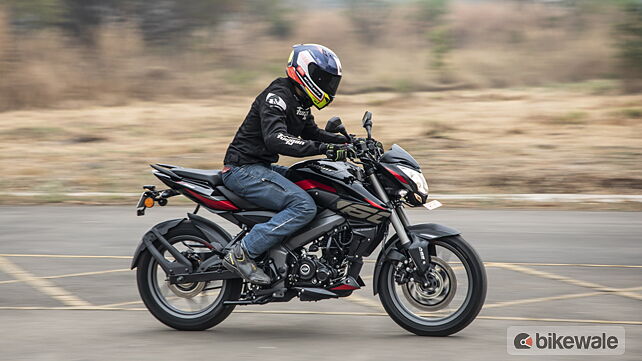









![[object Object] ThumbNail Images [object Object] ThumbNail Images](https://imgd.aeplcdn.com/642x361/n/cw/ec/144727/bajaj-pulsar-ns-160-right-front-three-quarter29.jpeg?isig=0&wm=3&q=80)
![[object Object] ThumbNail Images [object Object] ThumbNail Images](https://imgd.aeplcdn.com/642x361/n/cw/ec/144727/bajaj-pulsar-ns-160-left-side-view30.jpeg?isig=0&wm=3&q=80)
![[object Object] ThumbNail Images [object Object] ThumbNail Images](https://imgd.aeplcdn.com/642x361/n/cw/ec/144727/bajaj-pulsar-ns-160-right-side-view27.jpeg?isig=0&wm=3&q=80)
![[object Object] ThumbNail Images [object Object] ThumbNail Images](https://imgd.aeplcdn.com/642x361/n/cw/ec/144727/bajaj-pulsar-ns-160-left-front-three-quarter31.jpeg?isig=0&wm=3&q=80)
![[object Object] ThumbNail Images [object Object] ThumbNail Images](https://imgd.aeplcdn.com/642x361/n/cw/ec/144727/bajaj-pulsar-ns-160-front-fender16.jpeg?isig=0&wm=3&q=80)
